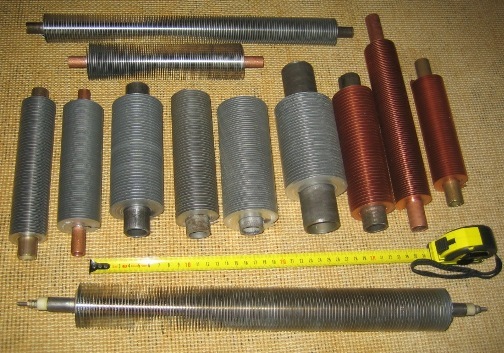OK, giving the benefit of the doubt, let's say these rads are copper tubes. It's still the same transfer method within the the loop as if you had an X-changer. Copper base block sucks the heat away from CPU and transfers to water, water then carries to copper tubes in rad where it transfers to the tubes which in turn transfer to air. . .this process hasn't changed...I can't really see where there is room for improvement using the same materials.The only wild card(s) here is the flow rate within the loop because it is now going through a round tube instead of a flattened oval one and how well the rifling can do it's job in creating turbulence within the entire tube...hmm, a thought just occurred to me as I was typing that. The flow may become laminar in a spiral motion if certain conditions are met, what those conditions are I'm not sure (high or low flow rate) just yet but, it does seem theoretically possible.
The Nano plating shouldn't even be considered as having any effect on thermal transfer because it's just that, plating on a nano level from the info I've been able to find.





 Reply With Quote
Reply With Quote





 Didn't testing show though that there's very little measurable difference between the X-changer and say a pa radiator? The distance the heat has to go through brass is tiny to get to the fins, and the surface area of the tubes is very small compared to that of the copper fins, so brass probably doesn't make much difference.
Didn't testing show though that there's very little measurable difference between the X-changer and say a pa radiator? The distance the heat has to go through brass is tiny to get to the fins, and the surface area of the tubes is very small compared to that of the copper fins, so brass probably doesn't make much difference.






Bookmarks